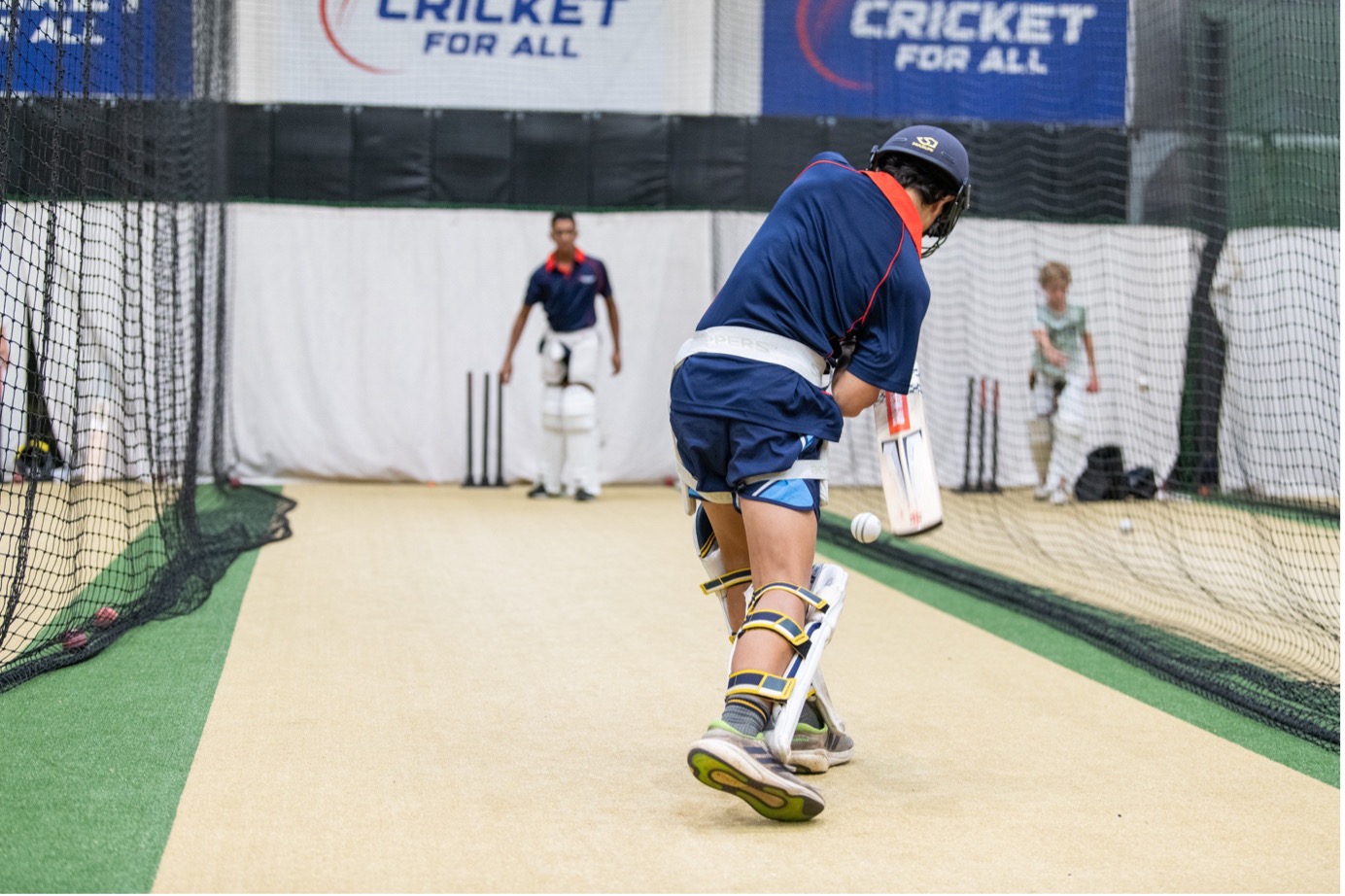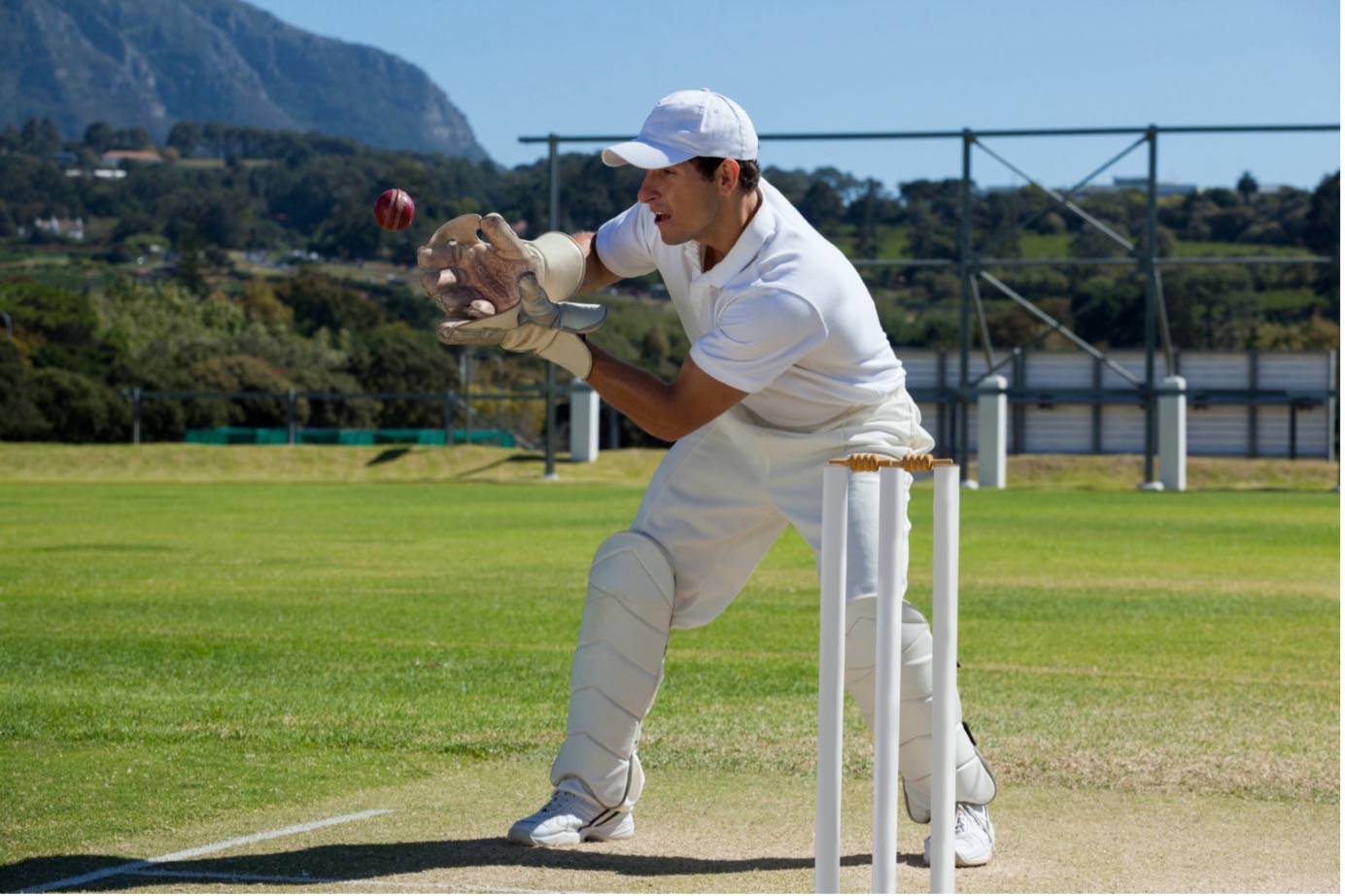Across the world, from the local to professional level, cricket has witnessed the rise of exceptional talent, who have honed their skills through rigorous training and guidance. Behind the success stories for many of these cricketers lies a pivotal factor: cricket academies. In this blog, we at CRICKET FOR ALL will delve into the crucial role played by cricket academies in nurturing and developing players, shaping their careers, and contributing to the growth of the sport.
1. Identifying and Nurturing Talent:
Firstly, the primary function of cricket academies is to identify raw talent, and in so doing, provide these aspiring cricketers with a platform to showcase their skills. Talented individuals from all walks of life can be scouted through cricket academies and given the opportunity to undergo comprehensive training under experienced coaches and mentors. This is an extremely valuable opportunity for any young cricketer as it allows them to develop their skills with professionals and maximise their chances of being seen on a local, or even international radar.

2. Technical and Tactical Training:
Cricket academies also focus on providing players with a solid foundation of technical skills. From batting and bowling actions, fielding drills to wicket-keeping skills, every aspect of the game is meticulously coached to ensure players possess the necessary technical prowess to succeed. Moreover, these cricket academies emphasise tactical training, imparting knowledge about:
- Game awareness
- Strategy development
- Match management.
This knowledge is often gained from the academy coaches’ experience playing and/or coaching at the Grade, State, First Class, or even international level.

3. Physical and Mental Conditioning:
Cricket is a physically demanding sport that requires strength, agility, and endurance. Cricket academies are beneficial to upholding these requirements as they place significant emphasis on physical conditioning, helping players improve their fitness levels, agility, and overall athleticism. Further, mental conditioning, which plays a crucial role in player development, can be strengthened through academies, with sports psychologists often being employed to develop players’ mental resilience, focus, and coping mechanisms. This is beneficial for helping them deal with the pressures and challenges of cricket.
4. Exposure to Quality Competition:
One of the most-beneficial parts of cricket academies (particularly for young cricketers) is the opportunity to play quality competition. Cricket academies often organise and facilitate competitive matches, tournaments, and tours (both local and international) for their players. This exposure to high-quality competition enables academy cricketers to:
- Test their skills.
- Apply their training to real game scenarios.
- Identify their strengths and weaknesses.
- Learn from their experience and improve upon them.
- Meet new people.
Competing against skilled opponents helps players develop a competitive edge, learn to handle the pressures of the game, and adapt their play to different situations.
At CRICKET FOR ALL, we have been conducting cricket tours (both domestic and international), for the last 7 years. Some of these tours include England, Sri Lanka, Hong Kong, Malaysia, and most recently, Darwin and the Sunshine Coast. As this blog discusses, our cricket tours beneficially provide our young academy cricketers with the opportunity to meet new people, play across the world, and develop the skills required for the competitive nature of cricket.

5. Personal and Professional Development:
Cricket academies understand that becoming a professional cricketer involves more than just skills on the field. That’s why they also instil discipline, teamwork, leadership qualities, and values of sportsmanship into every player’s training. Further, academies offer educational support, helping players strike a balance between academies and cricket, ensuring their holistic development.
Pathway to Professional Cricket:
For many aspiring cricketers, cricket academies also serve as a bridge between amateur and professional cricket. Academies often have tie-ups or close associations with domestic teams, providing a pathway for talented individuals to make their way into the professional cricketing circuit. Through dedicated training, exposure, and guidance, academies help players in securing opportunities at various levels, including domestic leagues, state teams, and even international training.
Concluding Thoughts:
To conclude, cricket academies play a vital role in shaping the future of the sport. By identifying talent, providing technical and tactical training, focusing on physical and mental conditioning, offering exposure to quality competition, and fostering personal and professional development, these academies contribute significantly to the player development process. They act as steppingstones for aspiring cricketers, nurturing, and honing their skills, and preparing them for successful cricket careers. As cricket continues to evolve, the role of academies in player development becomes increasingly indispensable, ensuring a continuous supply of skilled and talented cricketers who will shape the future of the game.
Cricket For All Academy Program:
At CRICKET FOR ALL, we are proud to host the ‘Biggest Cricket Academy Program in South Australia’, with well over a hundred young cricketers enrolled in our programs. Using the skills and experience of our professional coaching team, our cricket academies focus on replicating game situations, strong decision-making, and developing batting and bowling skills to enhance their gameplay.
Our academies combine 1-on-1 coaching with group drills and sessions, allowing every player to individually grow and excel. For more information, please visit: Our Academies page



